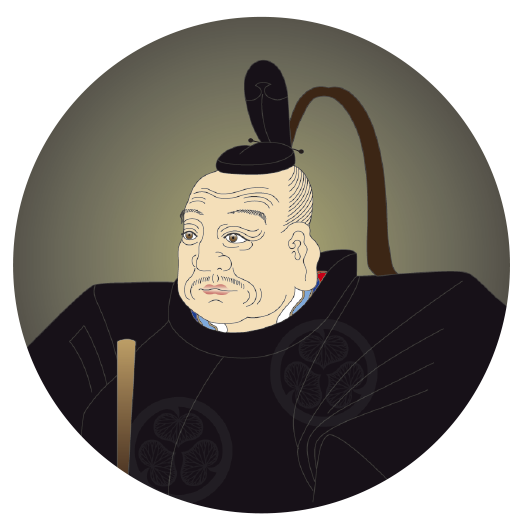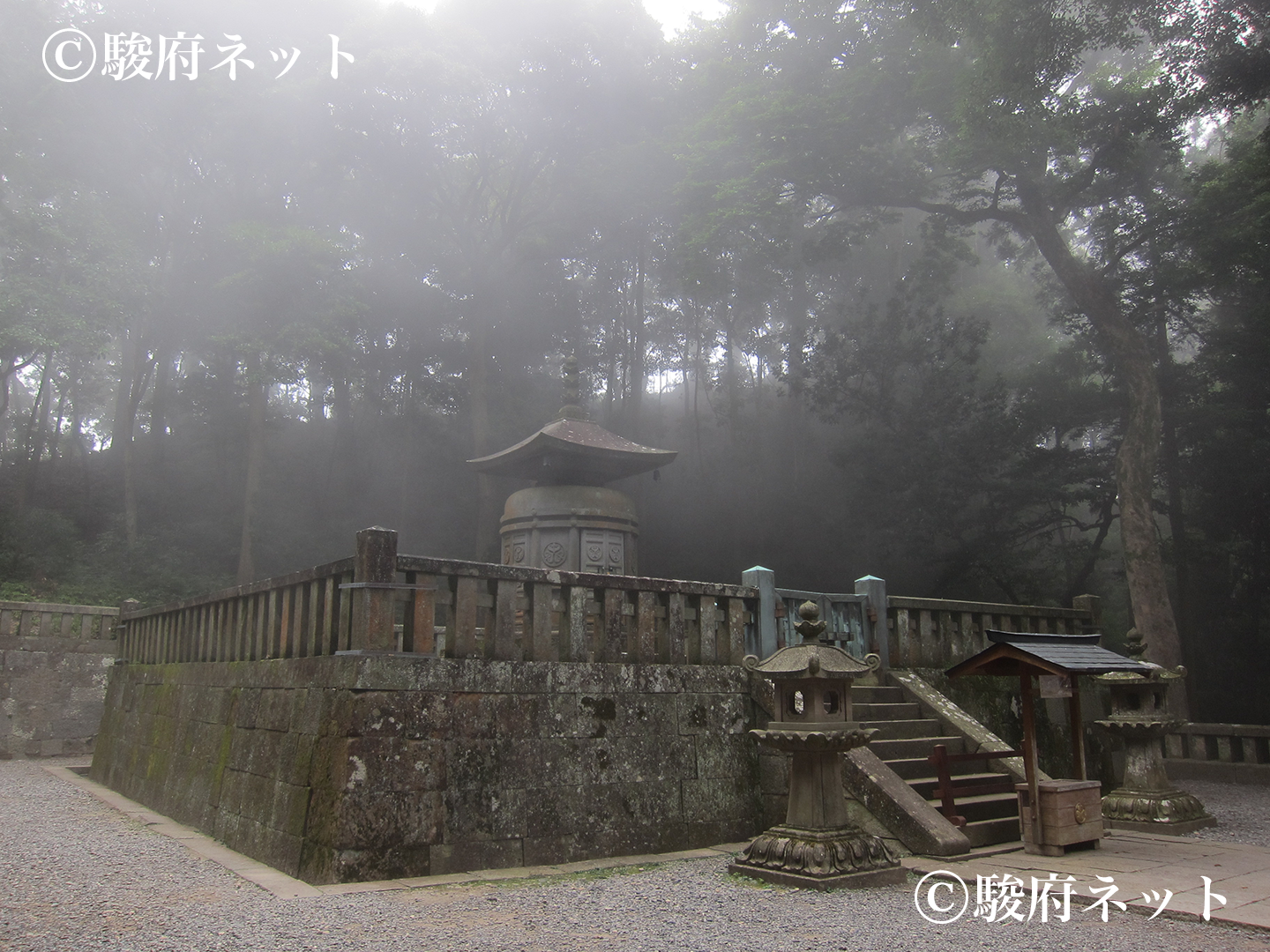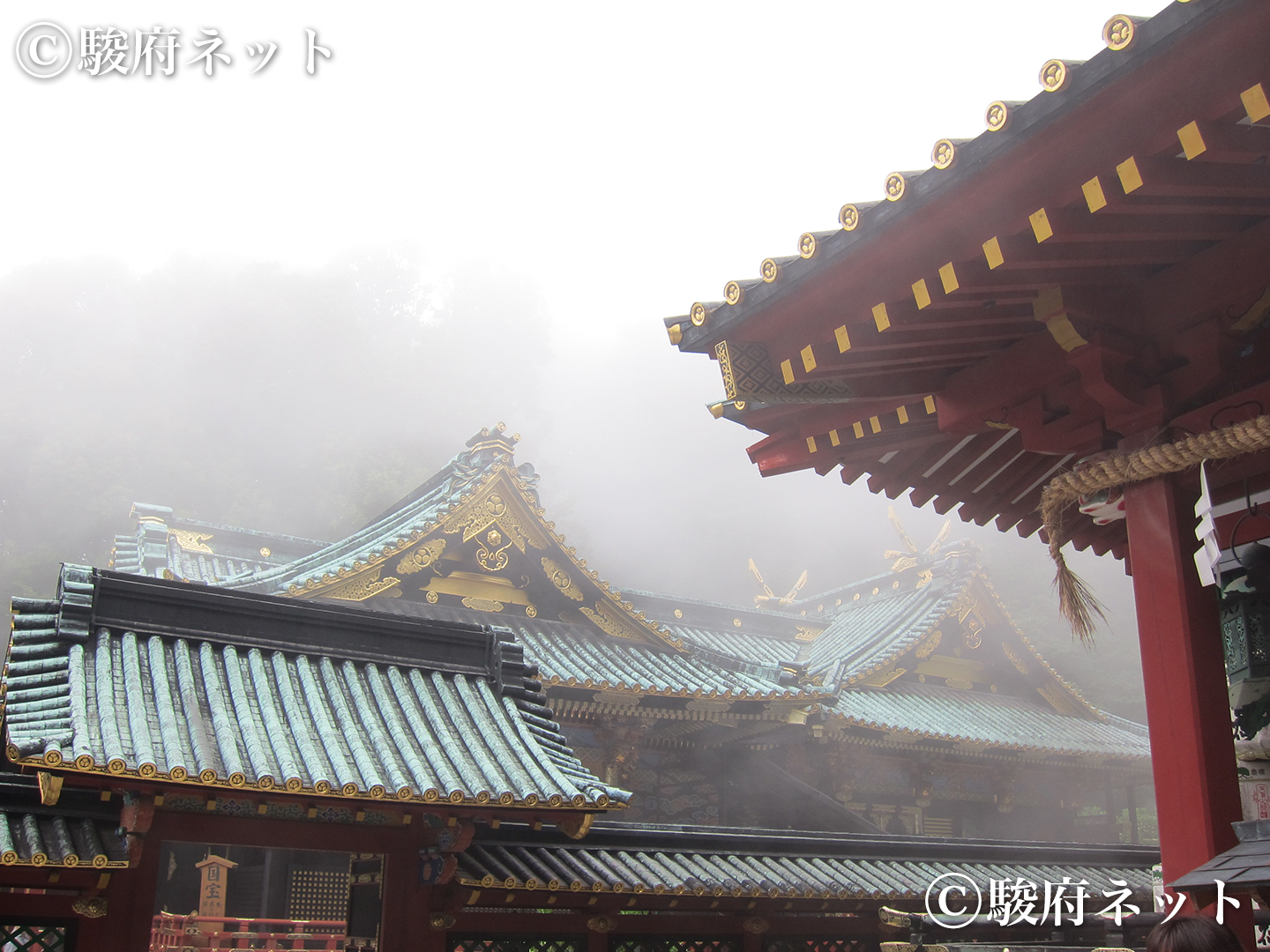Shogun Tokugawa Ieyasu (徳川家康) January 31, 1543 – June 1, 1616

Tokugawa Ieyasu 1543 - 1616
The Winter Edition of Sumpu Magazine, published by Admac Inc. in Shizuoka, Japan, now reveals a long-standing deception concerning the true location of the mortal remains of the great 17th Century Shogun, Tokugawa Ieyasu.
After his death in 1616, the remains of Ieyasu, posthumously deified with the name Tōshō Daigongen ( 東照大権現), the "Great Gongen, Light of the East", were buried at the Gongens' mausoleum at Kunōzan, Kunōzan Tōshō-gū ( 久能山東照宮).
Subsequently, and as a common view, many people were brought to believe that, " … after the first anniversary of his death, Ieyasu’ s mortal remains were reburied at Nikkō Shrine, Nikkō Tōshō-gū ( 日光東照宮). His remains are still there." In fact, Ieyasu’s real mortal remains are actually entombed at Kunōzan.
The deception, started in the 17th century by the Tokugawa Shogunate itself, stated that the remains of Tokugawa Ieyasu are located at the Nikko Tōshō-gū Shrine in the Tochigi Prefecture, north of Tokyo. This is a large and imposing site of a similar status to that of the Emperor. In fact, it is clear that this subterfuge was simply a means by which the Shogunate could show the people an example of their great power by having the greatest tomb shrine.

The mausoleum of Tokugawa Ieyasu at Kunōzan Tōshō-gū
It is now indisputably clear that the remains of Tokugawa Ieyasu are, and always have been, entombed at the Kunozan Tōshō-gū Shrine in the Shizuoka Prefecture, to the south of Tokyo. This is borne out by the most reliable record written by Konchi-in Suden (AKA Honko Kokushi), a spiritual advisor to Tokugawa Ieyasu. His journal states that Ieyasu had ordered his closest lieges to bury his remains at Kunozan. This would have been a command that they could not betray.
Mr Tsunenari Tokugawa, the 18th generation head of the main Tokugawa house, visits the tomb at Kunozan Tōshō-gū every year on April 17th, the anniversary of Ieyasu’ s death, to pay his respects to his ancestor. He does not visit the alleged tomb at Nikko Tōshō-gū, and has never done so, on this important day of remembrance. This fact is currently not widely known, since it is a very private family matter.

The national treasure Kunōzan Tōshō-gū
The centuries-long deception, having only become known very recently has, in the mean-time, resulted in the Nikko Tōshō-gū Shrine being given World Heritage status, which is now rather questionable, particularly if it was granted on the understanding that the site was the location of Ieyasu’ s remains. All are in agreement that the soul of Tokugawa Ieyasu rests at Nikko Tōshō-gū Shrine and also at the many other Tōshō-gū Shrines throughout Japan. However, his earthly remains are certainly located at the Kunozan Tōshō-gū Shrine.
The majority of these facts are not yet common knowledge. They have been mentioned only in speeches made by the Chief Priest, Hidekuni Ochiai, who was helped by the British Museum in 2013 in his research into the old Spanish clock once owned by Ieyasu, given to him by the Spanish King in the early 17th century. The clock is one of the most important treasures in the Kunozan Tōshō-gū Museum.
The Winter Edition of Sumpu Magazine, which contains more information (in Japanese), will be published on Saturday 1st November 2014 when 2,000 copies will be distributed to visitors to the Kunozan Tōshō-gū Shrine.

Sumpu Magazine
HOW TO VISIT TO KUNOZAN TOSHOGU SHRINE
"Access page", the official web site of Kunozan Toshogu Shrine

